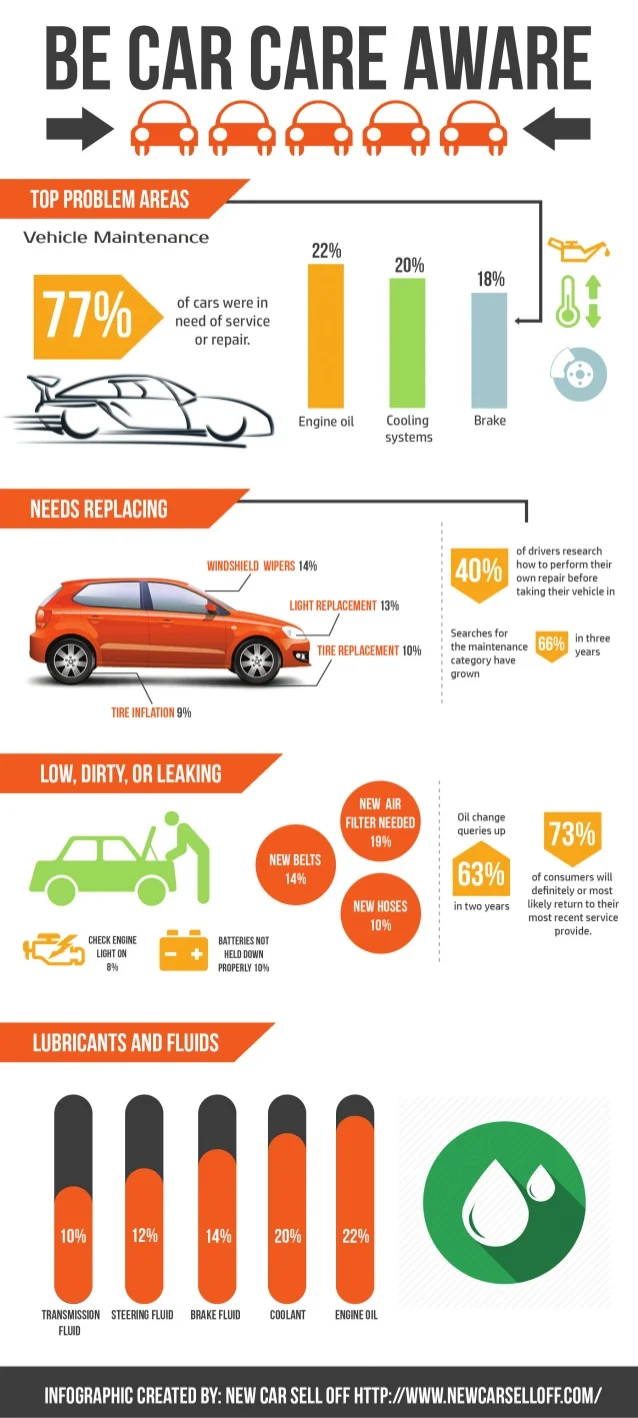Understanding Your Cars And Truck'S Warning Lights: What Do They Truly Mean?
Understanding Your Cars And Truck'S Warning Lights: What Do They Truly Mean?
Blog Article
Post By-Kane Gross
When you're behind the wheel, those radiant warning lights on your dashboard can be a bit perplexing. Do you know what they're attempting to tell you about your auto's wellness? Comprehending the importance of these lights is essential for your safety and security and the longevity of your vehicle. So, the next time among those lights turns up, wouldn't you intend to understand its message properly and take the essential actions to resolve it?
Common Caution Lights and Interpretations
Determine typical caution lights in your cars and truck and comprehend their meanings to make sure secure driving.
One of the most regular caution lights consist of the check engine light, which signals issues with the engine or discharges system. If this light comes on, it's critical to have your automobile checked immediately.
The oil stress warning light indicates reduced oil pressure, needing instant interest to stop engine damage.
A blinking battery light could recommend a malfunctioning charging system, possibly leaving you stranded otherwise resolved.
The tire pressure surveillance system (TPMS) light notifies you to reduced tire stress, impacting automobile security and fuel performance. Disregarding this can lead to dangerous driving problems.
The abdominal muscle light suggests an issue with the anti-lock braking system, jeopardizing your capacity to stop swiftly in emergency situations.
Finally, the coolant temperature level alerting light warns of engine overheating, which can result in serious damages otherwise solved quickly.
Recognizing these usual warning lights will help you deal with problems immediately and preserve secure driving problems.
Value of Prompt Interest
Comprehending the usual warning lights in your car is just the primary step; the significance of quickly addressing these warnings can not be highlighted enough to guarantee your safety when traveling.
When a caution light illuminates on your dashboard, it's your cars and truck's method of connecting a potential issue that needs attention. Overlooking these cautions can cause extra serious troubles later on, jeopardizing your safety and possibly costing you extra in repairs.
Trigger attention to cautioning lights can avoid failures and crashes. For example, a blinking check engine light could suggest a misfire that, if left unattended, might cause damage to the catalytic converter. Addressing this without delay can conserve you from a costly repair.
In a similar way, a brake system warning light might signal reduced brake liquid or used brake pads, crucial components for your safety and security when driving.
DIY Troubleshooting Tips
If you observe a caution light on your control panel, there are a couple of do it yourself troubleshooting ideas you can attempt prior to seeking professional aid.
The initial step is to consult your car's handbook to comprehend what the details warning light shows. In some cases the concern can be as easy as a loosened gas cap triggering the check engine light. Tightening the gas cap may settle the problem.
An additional usual problem is a low battery, which can trigger different warning lights. Examining the battery connections for corrosion and guaranteeing they're safe and secure may fix the issue.
If https://juliusqhxoe.buyoutblog.com/31149207/prepare-for-safer-winter-months-drives-with-necessary-suggestions-to-winterize-your-cars-and-truck lingers, you can try resetting it by separating the cars and truck's battery for a couple of minutes and then reconnecting it. Additionally, inspecting your automobile's liquid levels, such as oil, coolant, and brake liquid, can assist troubleshoot cautioning lights connected to these systems.
Verdict
To conclude, recognizing your cars and truck's caution lights is necessary for maintaining your vehicle running smoothly and securely. By promptly resolving helpful resources and understanding what they imply, you can prevent costly repair services and potential breakdowns.
Keep in mind to consult your vehicle's handbook for specific information on each alerting light and act as necessary to guarantee a hassle-free driving experience.
Remain educated, stay risk-free when traveling!
